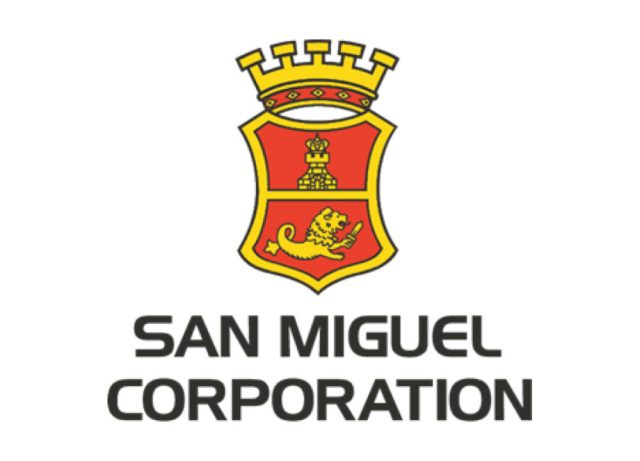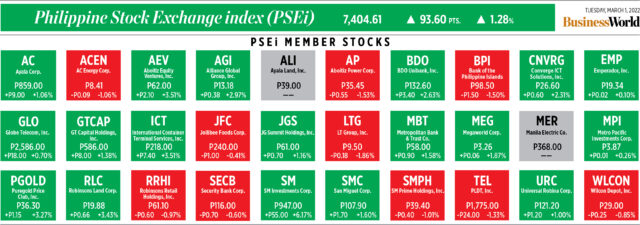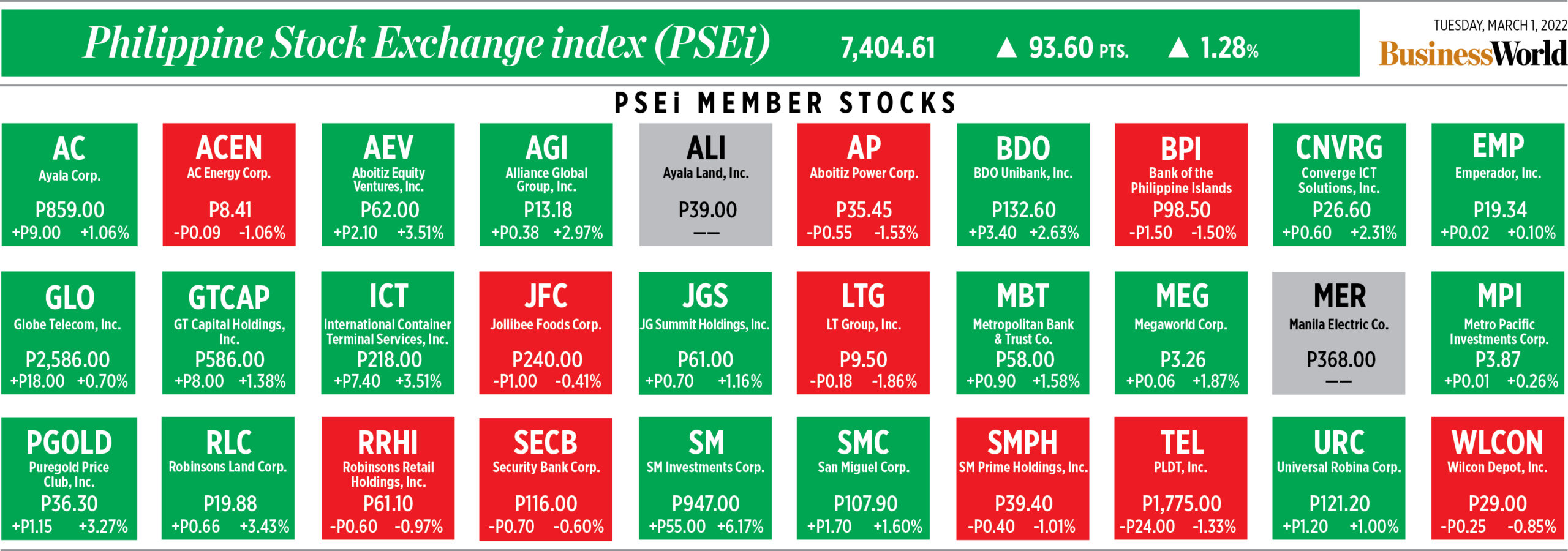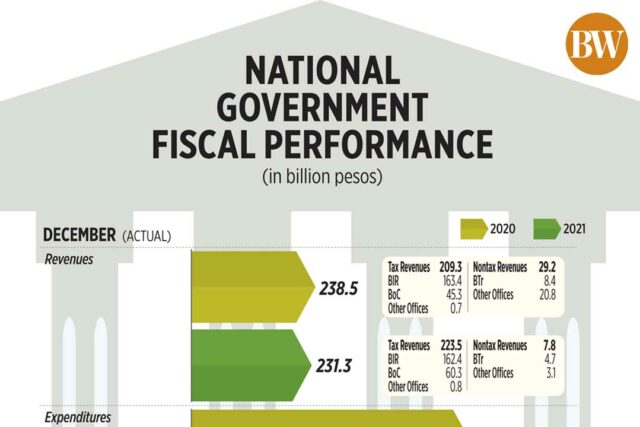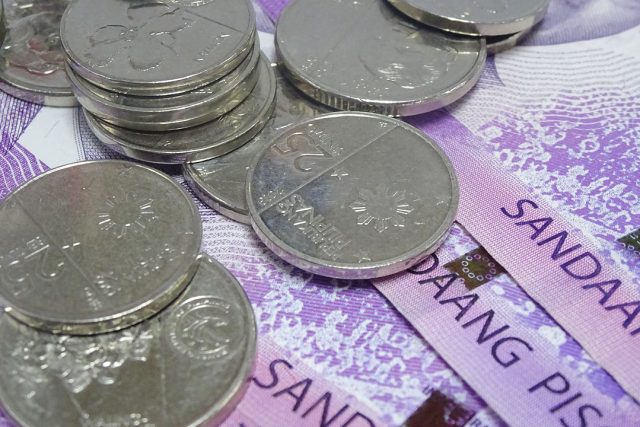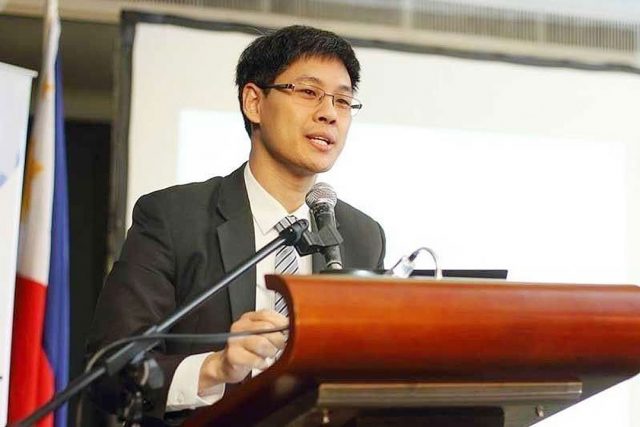Challenges and opportunities in financing cancer care
In a recent forum with the theme “Transformative Innovations on Cancer Care: The Way Forward,” Health Secretary Francisco T. Duque III said that the government is pursuing a health systems approach to cancer.
This entails improving cancer care by synchronizing service delivery, the health workforce, registries and information systems, access to technologies and medicines, financing, and governance.
The Cancer Control Council, which he chairs, has also approved the Framework and Strategic Plan of the Cancer Control Program towards the goal of a cancer-free Philippines.
The Department of Health (DoH) also intends to cover care for the entire cancer continuum from primary prevention up until survivorship care without bringing financial hardship to patients and their families.
Prior to the passage in 2019 of the National Integrated Cancer Control Act (NICCA), Mr. Duque said that only breast and childhood cancers were covered by the Cancer Supportive Palliative-Medicine Access Program (CSP-MAP). In 2021, the CSP-MAP provided free medicines for a number of cancer types such as lung, leukemia, head and neck, gynecologic, bladder, renal and gastrointestinal. For 2022, the allocated budget for the CSP-MAP has increased to P786 million. The Malasakit Program, meanwhile, is expected to provide financial assistance to cancer patients who remain uncovered.
While significant progress has been made, there are still challenges as well as opportunities in cancer care in the country. In the same forum, Thinkwell Philippines senior technical advisor Dr. Marife Yap presented the key findings of a study on cancer care financing in the Philippines.
“Public investments in oncology care are further challenged by deep fragmentation, misallocation, and misalignment of human, financial, and technical resources within the health system and Philippine society,” Dr. Yap said. “Most of the interventions are geared towards, unfortunately, late diagnosis and treatment. We know that the health-seeking behavior of many Filipinos towards cancer prevention and early diagnosis is quite poor. They will delay seeing a doctor or getting treatment because of financial constraints or the need to work.”
According to Dr. Yap, PhilHealth Z-benefit packages can still be further utilized. She pointed out that although 60% of accredited PhilHealth providers are from the private sector, very few seek accreditation to provide the Z-benefit package due to low support value, and selective criteria for early-stage cancers that have high rates of survival. Private sector providers interviewed in the study consider the Z-benefit package for colorectal cancer as the one with the most realistic cost.
Dr. Yap stressed that costing and criteria of benefit packages for cancer should also be updated regularly. She likewise urged the newly established DoH Health Technology Assessment Unit, which is currently focused on COVID-19 vaccines and diagnostics procurement and distribution, to review innovative cancer therapies.
Dr. Yap presented several policy options to increase financing for cancer care in the country. Investments in cancer prevention and early detection should be increased to reduce avoidable sickness and deaths and improve survival rates. Accelerating rollouts of updated and new treatment protocols and rapid access to medicine in clinical practice also provides considerable gains in cancer survival.
Shifting to innovative oncology treatment has both health and economic benefits, reducing duration of illness and productivity losses. Government can ensure swift and adequate access by applying health technology assessment frameworks and regulations that support the rational use of resources while also increasing overall resources for integrated oncology care.
Teodoro B. Padilla is the executive director of the Pharmaceutical and Healthcare Association of the Philippines (PHAP), which represents the biopharmaceutical medicines and vaccines industry in the country. Its members are at the forefront of research and development efforts for COVID-19 and other diseases that affect Filipinos.



